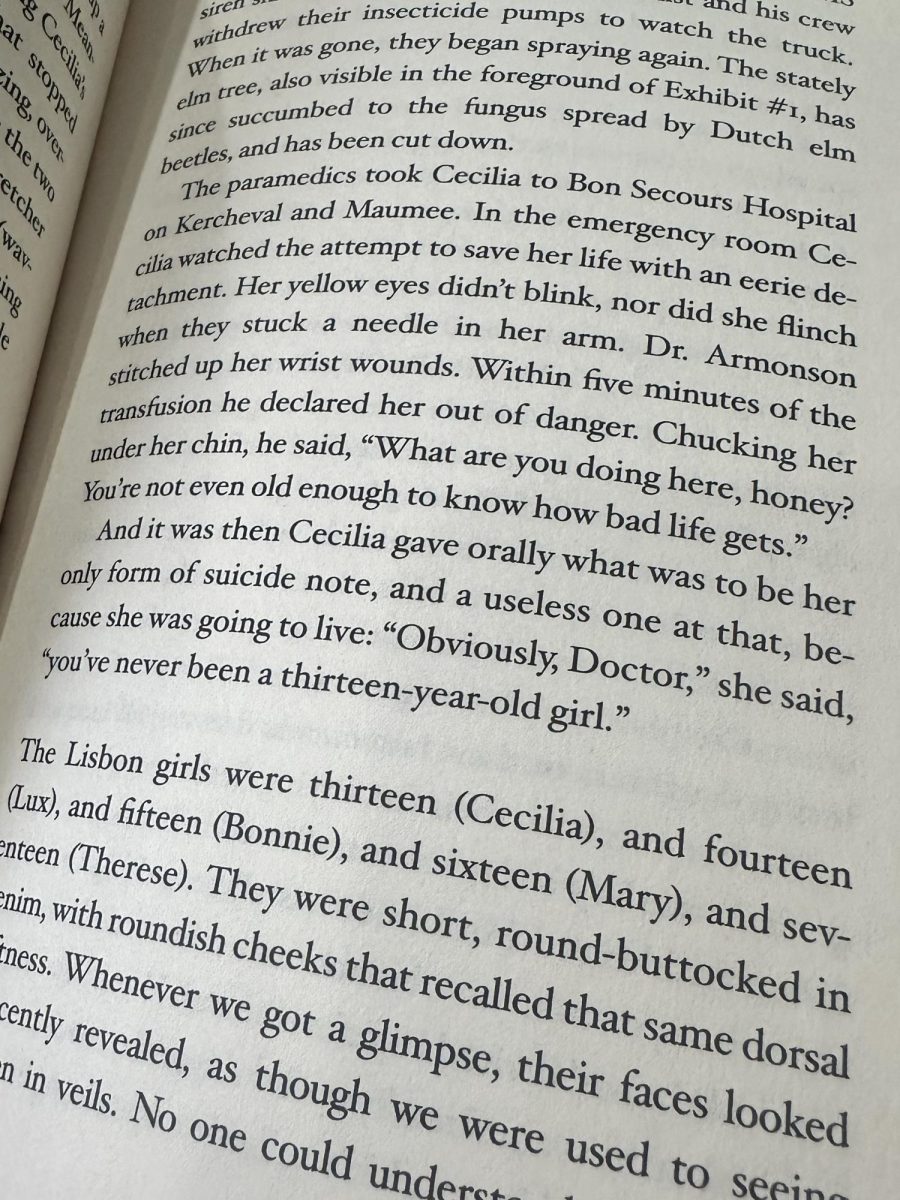A song that changed people’s view of Mexican music was released on March 17, 2023. Eslabon Armado and Peso Pluma’s “Ella Baila Sola,” became the first Mexican top hit on Billboard’s Top 100. Soon after this big hit, many listeners started listening to corridos tumbados––a blend of traditional corridos with urban and trap influences, and hip-hop elements––and even now Mexican regional music is still topping the charts.
With the help of this hit, Peso Pluma now ranks as the number five most-streamed artist in the world. Many artists including Junior H, Fuerza Regida, Natanael Cano, and more began releasing a lot of music this past year after seeing how well people were receiving this genre of music in Mexico and internationally.
While the meaning behind some of these songs are beautiful, some aren’t. Many songs go into depth about the realities of life in Mexico, including narratives of love, appreciation, status, and even drug trafficking. They gain mixed reviews; some admire them and others criticize them.
There are songs like “Vamos Para Arriba,” sung by Junior H and Gabito Ballesteros that speak about enjoying the moment, seeking personal growth, and how nothing is guaranteed except constant forward momentum. And, there are others like, “GAVILAN II,” by Peso Pluma and Tito Double P that talk about the violent lifestyle that involves drug trafficking, kidnapping, and other illegal activities of the Sinaloa Cartel in Mexico.
In a video interview, Peso Pluma explains why many artists write songs in relation to drug cartels.
“There are people who call us and are like, ‘Hey, how much do you charge for a corrido?’ It’s not that we’re supporting, or being apologists. It’s just work,” Pluma says.
These types of songs are mostly listened to in Mexico, but because this is the type of music currently trending. Spanish speakers from Spain, Argentina, Colombia, Guatemala, and more countries, are also listening to this.
Although there are a lot of meanings behind these songs, the most common meaning behind them is humanizing traffickers or glorifying drug use.
When Mexico’s president, Andres Manuel Lopez Obrador, was asked what he thinks of music that glorifies drug use he said, “They can sing whatever they want, but we are not going to keep quiet when they say that Ecstasy is good, that they have a .50 caliber gun and the most famous narcos are their idols.”
AVID teacher, Jefte Diaz, believes that songs that glorify drug use can have potential consequences for teens who enjoy listening to this type of music.
“They kind of just go with the flow of what they listen to. A lot of them are emotionally driven because of their age. I think that when they hear certain things in music, especially from someone that they idolize, it does have an effect on them, and it generally tends to be negative,” Diaz said.
Mexican regional music also delves into music about love. “Hasta La Muerte,” by Eslabon Armado and Ivan Cornejo speaks about one’s deep love for their significant other. And, many others will make you want to scream the lyrics from the top of your lungs.
“These types of songs can make you feel comfortable enough to cry or release pent-up emotions that were being held back,” senior Jackelyn Murillo said.
From the start of Summer of 2023 to now, Mexican regional music has been heard on all platforms. Influencers put Fuerza Regida songs behind a video of them cooking or while doing their makeup. Children are having Peso Pluma-themed birthday parties. International YouTubers are gaining thousands of views by simply reacting to music videos of these artists.
It’s not a secret that their listening audience is in their late teens and late twenties. Many artists like Ramon Ayala and Los Tigres Del Norte are known as musical legends within the Hispanic community, but it’s widely controversial on social media to compare these artists to Peso Pluma, Fuerza Regida, etc.
“Ramon Ayala and Los Tigres Del Norte are mostly famous for their Norteña songs. These types of songs bring two people to dance and physically connect. Plus, the instruments themselves are very catchy,” Murillo said.
Sometimes adults tend to question teens about what they’re listening to these days. Comparing Mexican regional music now to what it was back then will make you realize the drastic changes there have been.
Amidst the criticism and musical changes of Mexican music, these artists never fail to represent Mexico in their music, tours, and interviews. Their love for their country is evident as they continue to break down barriers and records. The popularity they are receiving is more than well deserved.


































